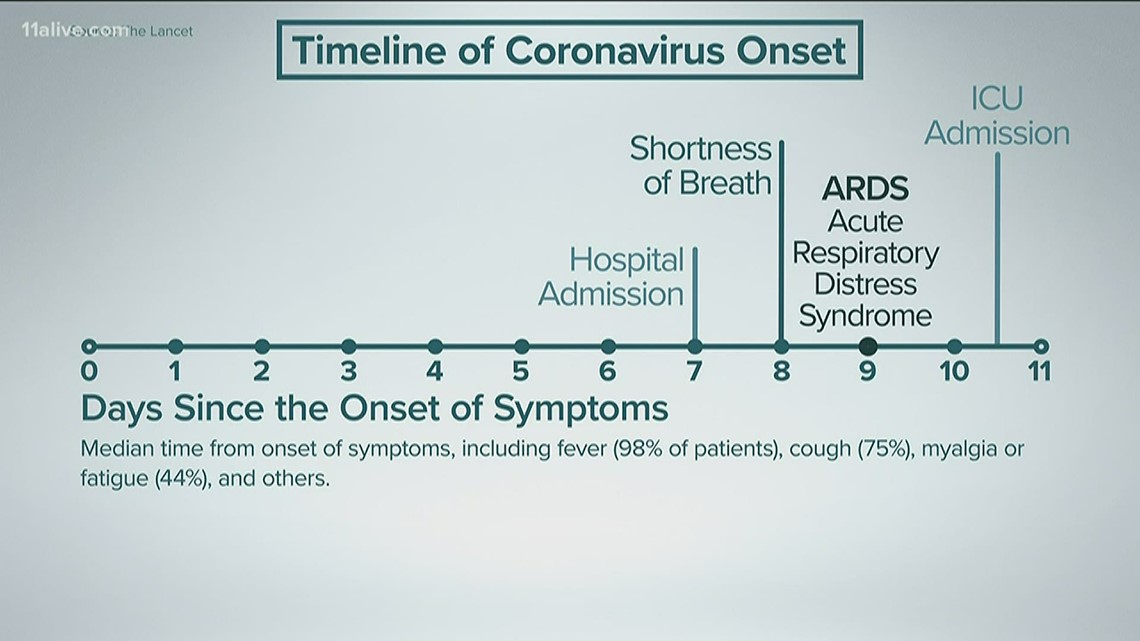
4 - 6 However, to our knowledge, there has not been a large study of symptom variation by variant period among outpatients outside the UK. National studies from the UK have demonstrated changes in COVID-19 symptom profile by viral variant. 1 - 3 As population immunity and viral variants evolve in the ongoing SARS CoV-2 pandemic, understanding COVID-19 symptoms, their duration, and the use of changing diagnostic modalities, such as rapid antigen tests (RATs), can help inform medical professionals and public health leaders about clinical management and key policy questions. Prompt entry into this sequence of care is crucial to breaking the chains of transmission and starting antiviral treatment early in infection. Symptoms of COVID-19 are an important entry point into testing, treatment, and isolation. Rapid antigen test positivity remained high 5 days after symptom onset, supporting guidelines requiring a negative test to inform the length of the isolation period.
Among people testing positive, 80.2% of participants who were symptomatic and retested remained positive 5 days after symptom onset.Ĭonclusions and Relevance In this cross-sectional study, COVID-19 upper respiratory tract symptoms were more commonly reported during the Omicron BA.1 period than during the pre-Delta and Delta periods, with differences by vaccination status. During the Omicron BA.1 period, 5 days after symptom onset, 507 of 1613 people (31.1%) with COVID-19 stated that their symptoms were similar, and 95 people (5.9%) reported worsening symptoms.
#Covid symptoms timeline delta series#
In addition, during the Omicron BA.1 period, fever was less common among the people with positive test results who had received a vaccine booster compared with those with positive test results who were unvaccinated (97 of 432 vs 42 of 116 participants, P = .003), and fever and myalgia were less common among participants who had received a booster compared with those with positive results who had received only a primary series (fever: 97 of 432 vs 559 of 1705 participants, P < .001 myalgia: 115 of 432 vs 580 of 1705 participants, P = .003). Compared with the 1065 patients with positive test results in the pre-Delta period, congestion among the 3032 with positive results during the Omicron BA.1 period was more common (1177 vs 294 participants, P < .001), and loss of taste or smell (160 vs 183 participants, P < .001) and fever (921 vs 369 participants, P = .01) were less common. During the Omicron BA.1 period, 3032 of 7283 symptomatic participants (41.6%) tested positive, and the numbers of these reporting cough and sore throat were higher than during pre-Delta and Delta periods (cough: 2044 vs 546 of 1065 participants, P < .001 for pre-Delta, and 281 of 468 participants, P = .002, for Delta sore throat: 1316 vs 315 of 1065 participants, P < .001 for pre-Delta, and 136 of 468 participants, P < .001, for Delta). Results Among 63 277 persons tested (median age, 32 years, with 12.0% younger than 12 years 52.0% women and 68.5% Latinx), a total of 18 301 people (28.9%) reported symptoms, of whom 4565 (24.9%) tested positive for COVID-19.

Among people returning for repeated testing during the Omicron period, the proportion with a positive RAT between 4 and 14 days from symptom onset or since first positive test if asymptomatic was estimated. Main Outcomes and Measures Fisher exact tests or χ 2 tests were used to compare COVID-19 symptoms during the Omicron BA.1 period with the pre-Delta and Delta periods for vaccination status and age group. Participants included children and adults seeking COVID-19 testing with an RAT, regardless of age, vaccine status, or symptoms. Objectives To compare COVID-19 symptoms among people testing positive with a rapid antigen test (RAT) during the Omicron BA.1 variant period (December 1, 2021, to January 30, 2022) with the pre-Delta (January 10 to May 31, 2021) and Delta (June 1 to November 30, 2021) variant periods and to assess the duration of RAT positivity during the Omicron BA.1 surge.ĭesign, Setting, and Participants This cross-sectional study was conducted from January 10, 2021, to January 31, 2022, at a walk-up community COVID-19 testing site in San Francisco, California. Importance Characterizing the clinical symptoms and evolution of community-based SARS-CoV-2 infections may inform health practitioners and public health officials in a rapidly changing landscape of population immunity and viral variants.

Challenges in Clinical Electrocardiography.


 0 kommentar(er)
0 kommentar(er)
